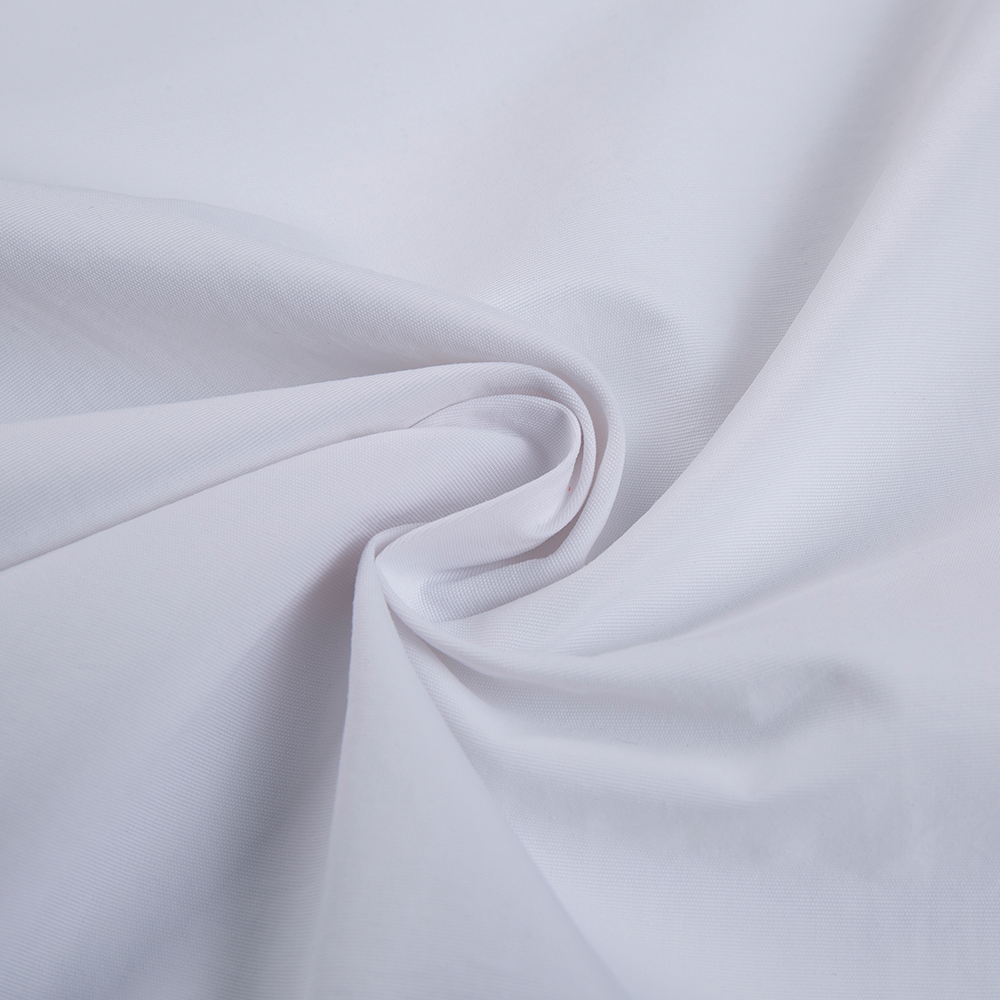Printing: Adding visual beauty and personalization to fabrics by printing patterns, text or textures on them.
Composite: Composite nylon taslon fabric with other materials (such as film, non-woven fabrics, etc.) to improve the waterproof, windproof, warm and other properties of the fabric.
Embossing: Use molds or machines to emboss various patterns, patterns or textures on fabrics to increase the decorativeness and feel of the fabrics.
Coating: Coating one or more functional coatings on the surface of the fabric, such as waterproof coating, anti-UV coating, flame retardant coating, etc., to improve the waterproof, sunscreen, fireproof and other properties of the fabric.
Calendering: Using high temperature and pressure to make the surface of the fabric smooth and flat, improving the appearance quality and feel of the fabric.

Sanding: Mechanical or chemical treatment of fabrics to produce short and dense fuzz on the surface, increasing the softness and warmth of the fabric.
Wrinkling: Wrinkling the fabric through physical or chemical methods to increase the three-dimensional and layered feel of the fabric.
Hot stamping/silvering: Hot stamping metal foil or colored foil on fabric to give the fabric a metallic luster or color effect.
Antibacterial and deodorant: The fabric is treated with antibacterial agents or deodorants to make the fabric antibacterial, deodorant, and mildewproof.
Antistatic: Antistatic treatment of fabrics to reduce or eliminate static electricity generated during wearing or use of fabrics.
These post-processing finishing methods can be selected and combined according to the characteristics and application requirements of the nylon Taslan fabric to achieve specific functions and effects.











